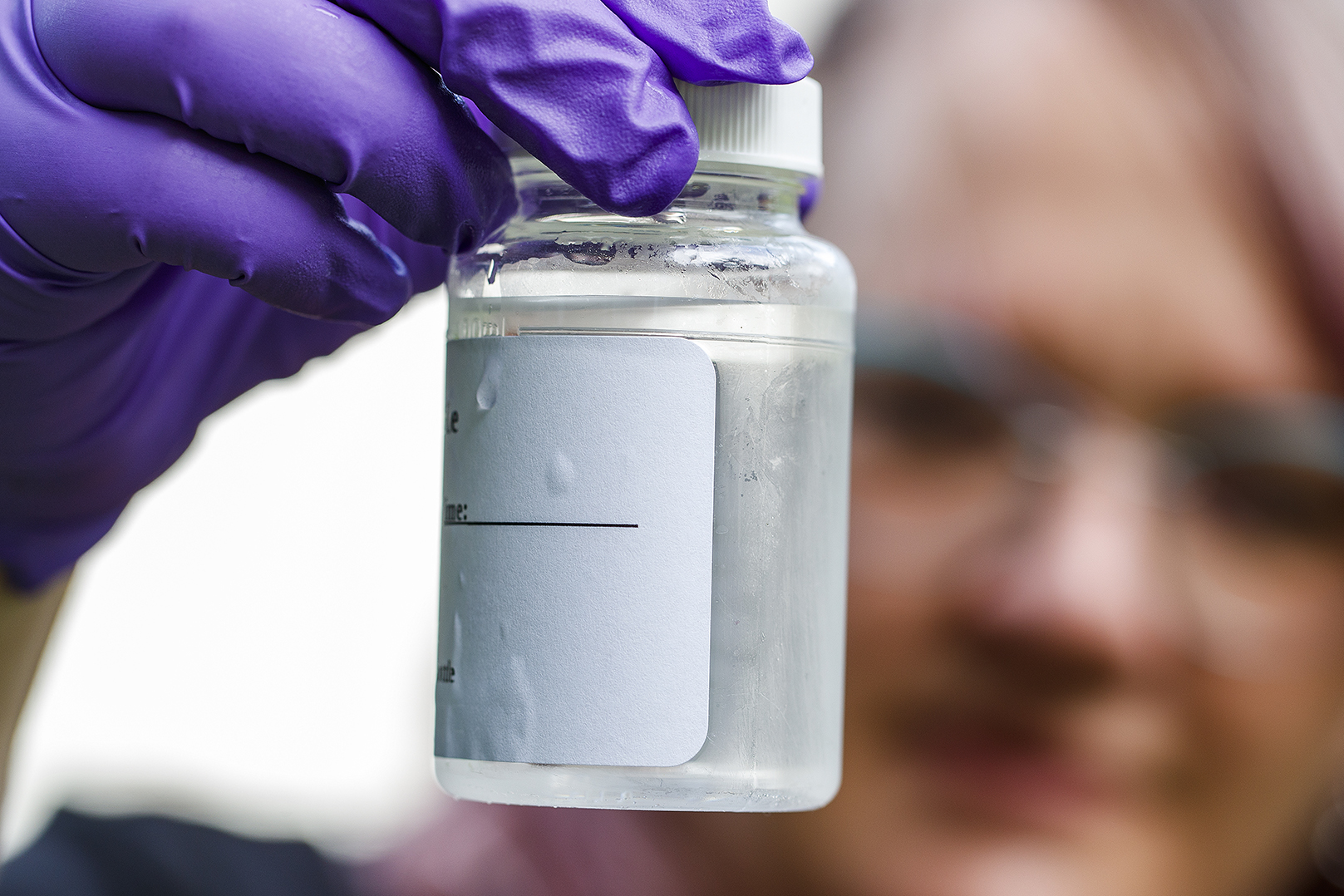
Rural Nebraskans are concerned about water quality and water contamination affecting their own or their family’s health, according to the 2022 Nebraska Rural Poll.
Two-thirds of respondents to the poll — an annual survey of rural Nebraskans conducted by the University of Nebraska–Lincoln — say they are “somewhat concerned,” “concerned” or “very concerned” about contaminants in their water supply impacting their health.
“A goal of the Nebraska Rural Poll is to give rural Nebraskans a voice on issues affecting their communities and the state, including their views and concerns related to natural resources,” said Heather Akin, assistant professor in the Department of Agricultural Leadership, Education and Communication at Nebraska. “The majority of rural Nebraskans are satisfied with their access to clean water but expressed concern about contaminants.”
Respondents from the Panhandle region are most concerned, with 40.7% saying they are “concerned” or “very concerned” about contaminants to their home water supply; followed by the Northeast region, where nearly 38% indicate they are “concerned” or “very concerned.”
Most rural Nebraskans surveyed (68%) get all or some of their home tap water from city water or rural public water systems, while a quarter rely on private wells. Forty-five percent of respondents have tested for nitrates, E. coli, lead, pesticides or other contaminants. About 30% are unsure whether they have tested their water. Slightly more than three in 10 rural Nebraskans surveyed have tested their water for nitrates specifically. Most respondents with private well water (55%) have tested their water for nitrates, while almost four in 10 have tested for E. coli, lead and pesticides. Only 13% who get their drinking water from private wells have not tested their water, and 23% are unsure if it has been tested.
“The concern about contaminants may contribute to the level of testing we saw in the results,” said Cheryl Burkhart-Kriesel, a professor and extension specialist at the Panhandle Research and Extension Center in Scottsbluff. “The levels of concern expressed by rural Nebraskans may be a result of being vigilant and watchful, not necessarily a belief they have contamination.”
Despite residents’ concerns, most rural Nebraskans surveyed – about six in 10 – do not treat their home tap water before drinking it. Just under two in 10 treat their home tap water using either a carbon filter or reverse osmosis.
Rural Nebraskans with higher household incomes are more likely to have tested their home tap water for contaminants than those with lower incomes. Almost four in 10 respondents with household incomes of $100,000 or higher have tested their water for nitrates, compared to just over two in 10 with household incomes under $40,000. And those with the lowest household incomes are more likely to be unsure (44%) if their water has been tested.
Seventy-two percent of respondents living in or near communities with populations under 500 do not treat their home water, compared to 45% of persons living in or near communities with populations ranging from 5,000 to 9,999.
“This is an opportunity for all Nebraskans to work together for solutions that ensure the future vitality of our state,” said Crystal A. Powers with the University of Nebraska Water Center, who was part of the team that contributed questions to the 2022 Rural Poll. “This survey helps guide development of our statewide research and extension efforts.”
This year, 1,105 rural Nebraskans completed the Nebraska Rural Poll — an 18% response rate. In 2022, the Rural Poll asked respondents about their community, the economy and employment, their individual and family’s well-being, and views toward natural resources.
The Nebraska Rural Poll, now in its 27th year, is sent to 7,000 households annually in rural communities across the state.
The Rural Poll is the largest annual poll gauging rural Nebraskans’ perceptions about policy and quality of life. The margin of error is plus-or-minus 3%. Complete results are available at https://ruralpoll.unl.edu. The university’s Department of Agricultural Economics conducts the poll with funding from Nebraska Extension.








